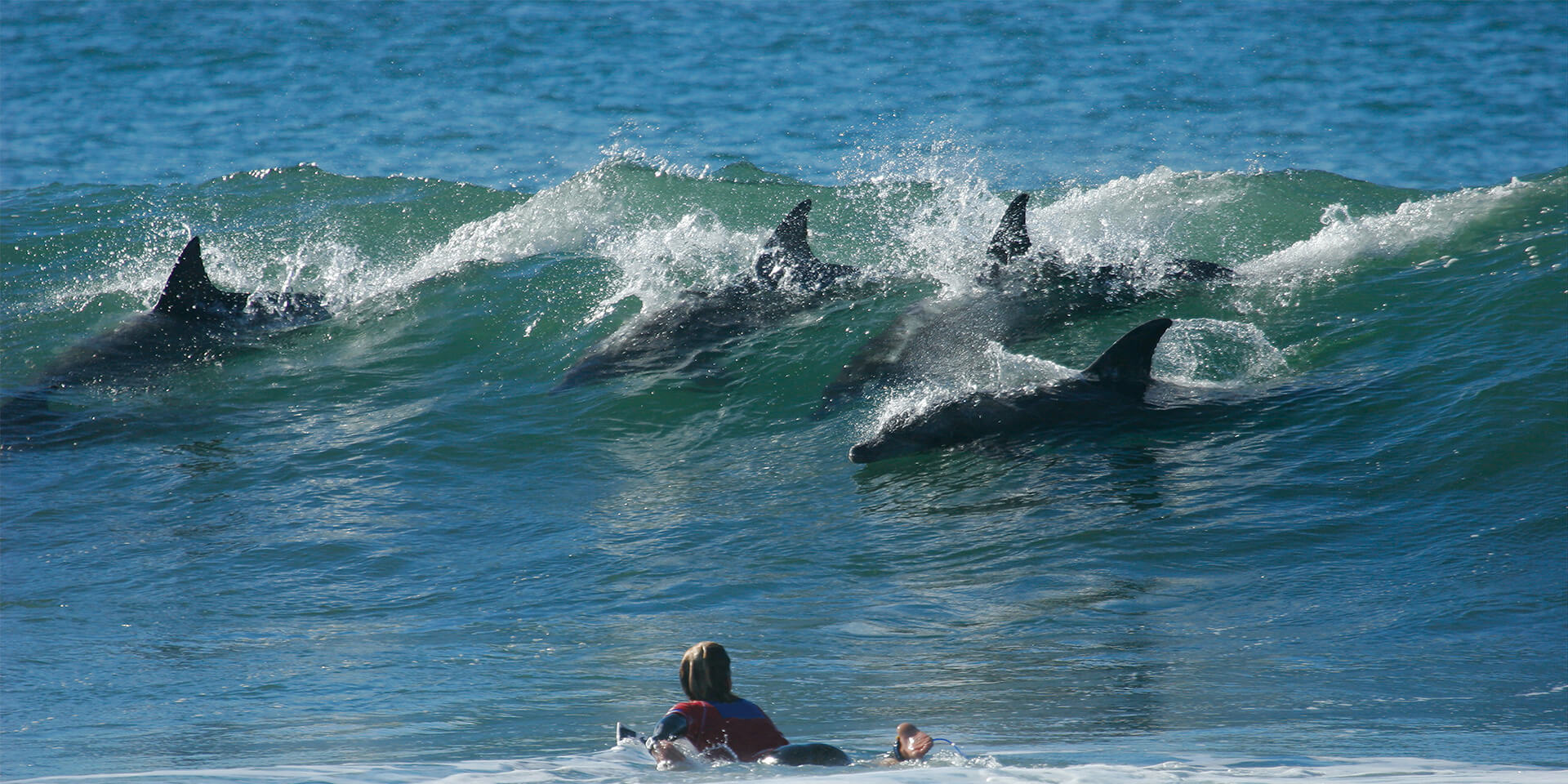Monitoring Florida manatee population health in a changing ocean: An evaluation of a practical surveillance system for a sentinel species
Burgess, L.
Anderson Cabot Center for Ocean Life, New England Aquarium
Over the past two decades, nine mass mortalities of the Florida manatee (Trichechus manatus latirostris) have been documented, resulting in the deaths of more than 2000 animals. Currently, an unusual mortality event (UME) along the east coast of Florida remains under investigation but appears to be related to the drastic loss of seagrass in the Indian River Lagoon (IRL). Manatees are increasingly at risk from both environmental and anthropogenic threats, including extreme cold temperatures, harmful algal blooms, dietary shifts to macroalgae, and watercraft strikes, which are compounded by habitat loss and destruction, and climate change. The ability to monitor physiologic responses of manatees to threats and identify changes, potentially before deleterious population consequences are observed, could greatly enhance management and mitigation efforts. Health assessments of wild manatees using capture techniques provide an enormous amount of valuable data; however, there remains an urgent need for a rapid surveillance tool to monitor and detect changes in manatee health at the population level (increasing sample size and accessibility in a cost-effective way). This project builds upon the development of a diverse panel of manatee fecal hormone assays to help monitor population health by providing indicators of stress, metabolic regulation, and reproduction, as well as a comprehensive endocrine reference dataset (seven different hormones) representing manatees in diverse known health states (+200 individuals sampled between 2003–2021). This project aims to critically evaluate the utility of using these new techniques to analyze manatee fecal samples as an early warning alert system to assess manatee population health.
